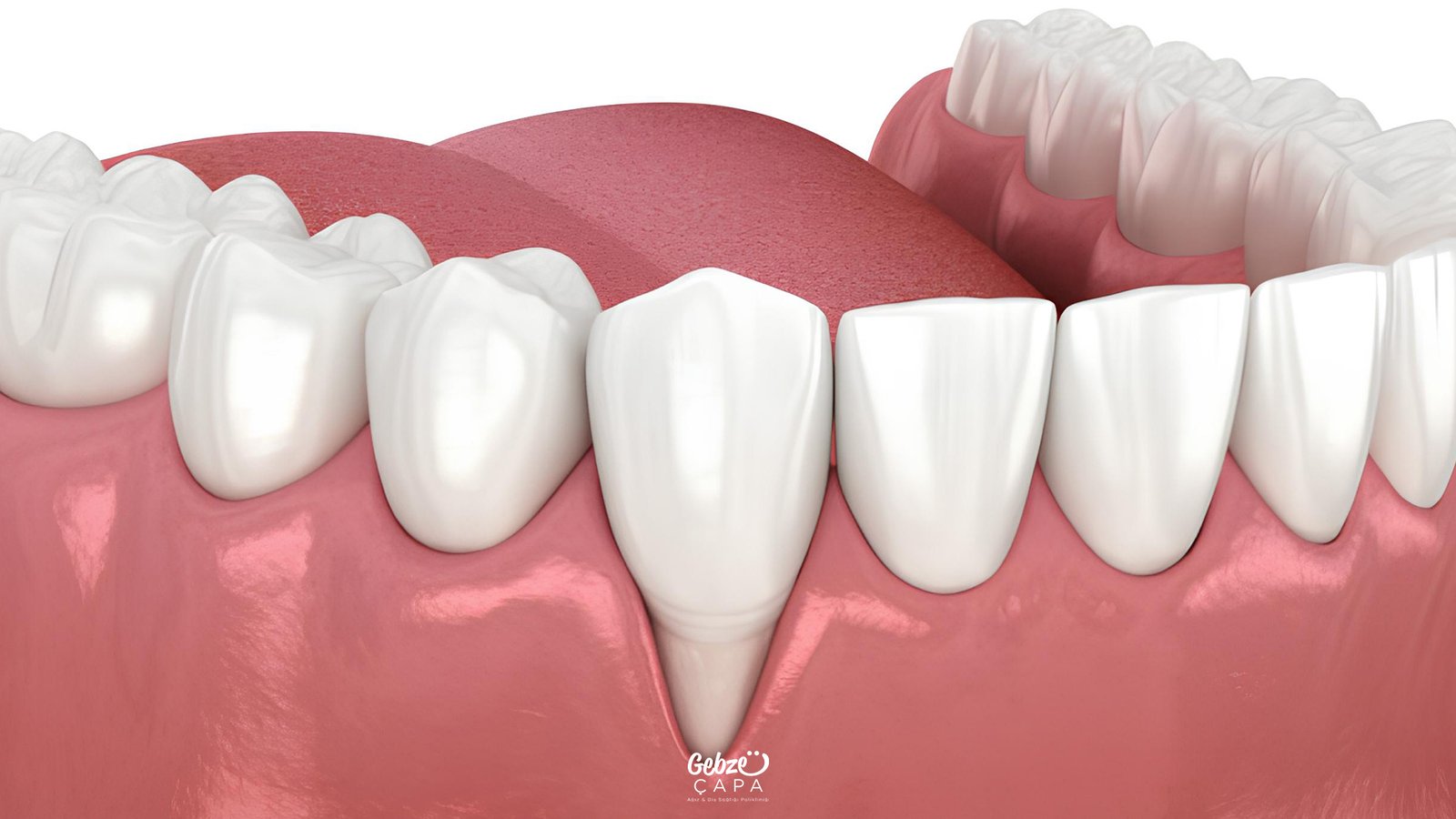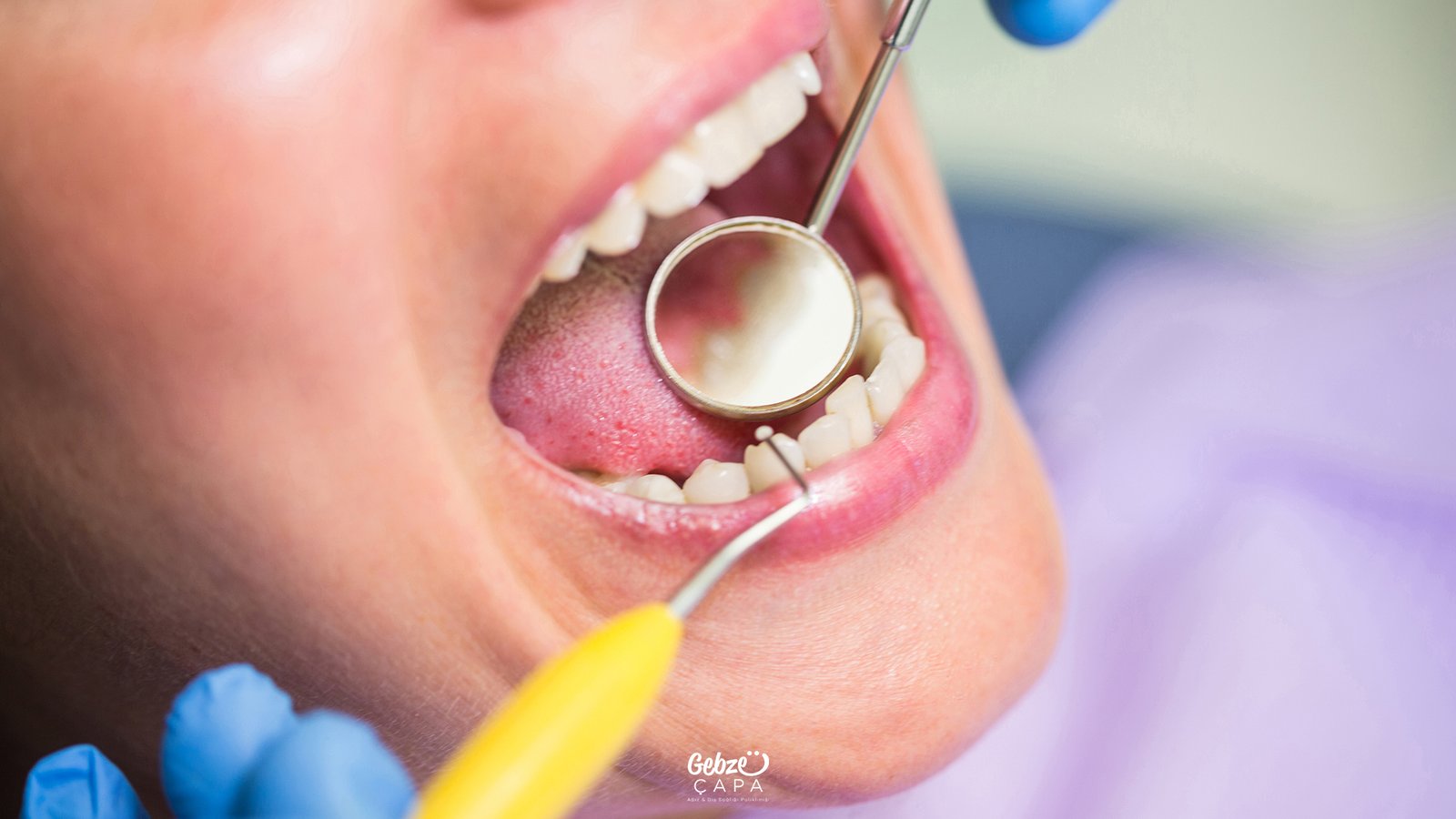How To Prevent Gum Disease
Having healthy and well-aligned teeth when you smile is not only important for aesthetic reasons but also crucial for your overall health. However, gum recession, a common issue faced by many, can lead to both appearance concerns and dental health problems. Gum recession is characterized by the gum tissue pulling away from the teeth roots, exposing the root surfaces, causing tooth sensitivity, and even tooth loss.
There can be multiple reasons for gum recession. These include poor oral hygiene, inadequate brushing and flossing, using harsh toothbrushes that can damage the gums, irregular dental check-ups, and habits like smoking. Additionally, hormonal changes, genetic factors, and certain medications can also contribute to gum recession.
Signs of gum recession include thinning of the gums, increased gaps between teeth, tooth sensitivity, darkening of the gums, gum bleeding, and a receding gumline. When these signs are noticed, a visit to the dentist is important as early detection of gum issues makes treatment easier.
There are several methods to prevent or treat gum recession. Firstly, maintaining good oral hygiene with regular and proper brushing, flossing, and mouthwash use is necessary. Additionally, regular dental check-ups and professional dental cleanings are important. Adopting a healthy lifestyle, balanced diet, and avoiding smoking can also positively impact gum health.
Causes of Gum Recession
The diversity of underlying causes behind gum recession illustrates the complexity of this condition. Here are more detailed explanations of some common reasons for gum recession:
- Incorrect Brushing Techniques: Using incorrect brushing techniques can contribute to gum recession. Using a toothbrush that is too hard or has hard bristles, or applying too much pressure, can irritate the gum tissue and eventually lead to recession. Learning the correct brushing technique and choosing an appropriate toothbrush is important.
- Gum Infections: Gum diseases such as gingivitis and periodontitis can cause inflammation and recession of the gums. These infections, which result from the accumulation of bacterial plaque damaging the gums, can lead to gum recession and tooth loss if left untreated.
- Genetic Factors: Some individuals may be genetically predisposed to gum recession. This condition may be more common in individuals with a family history of gum problems. Genetic factors can influence the quality and resilience of gum tissue.
- Smoking: Smoking can affect circulation in the body, hindering the delivery of sufficient oxygen and nutrients to the gums. Additionally, smoking can weaken the immune system, reducing resistance to gum diseases and triggering gum recession.
- Teeth Clenching and Grinding: Habits like teeth clenching and grinding, known as bruxism, can damage the gums and cause recession. Unconscious clenching or grinding of teeth throughout the night can lead to tissue damage and contribute to gum recession over time.
In addition to these factors, hormonal changes, poor dietary habits, inadequate oral hygiene, and traumatic tooth brushing can also cause or contribute to gum recession. Therefore, regular dental check-ups and proper oral hygiene practices are important for maintaining gum health.

Signs of Gum Recession
There are important ways to treat and prevent the progression of gum recession. Here are more detailed explanations of some methods that can be applied for a definitive solution to gum recession:
- Professional Dental Cleaning: When signs of gum recession are noticed, it is recommended to undergo regular professional dental cleaning by a dentist or dental hygienist. These cleanings help maintain gum health by removing dental plaque and tartar, and can prevent the progression of gum recession.
- Gum Surgery: In advanced cases of gum recession, gum surgery may be necessary. These surgical interventions are usually performed to reshape gum tissue or regenerate lost tissue. Techniques such as grafting involve adding tissue to areas where gum tissue is lacking, allowing for the reconstruction of a healthy gum line.
- Brushing and Flossing: Learning the correct brushing technique and regularly using dental floss are important for preventing gum recession. Using a soft-bristled toothbrush and avoiding excessive pressure when brushing help prevent damage to the gums. Dental flossing removes plaque and debris between teeth, thus preserving gum health.
- Avoiding Smoking and Alcohol Consumption: Smoking and excessive alcohol consumption can negatively impact gum health and contribute to gum recession. Therefore, avoiding these harmful habits is important for maintaining gum health.
- Healthy Dietary Habits: A balanced diet is important for overall health and gum health. Consuming plenty of fruits, vegetables, whole grains, and protein sources can help keep the gums healthy. Additionally, limiting the consumption of sugary and acidic foods can help prevent gum recession.
These measures can be effectively implemented to treat and prevent the progression of gum recession. However, every case is different, and it is important to consult with a dentist to determine the most appropriate treatment method.

Conclusion
The definitive solution to gum recession is regular dental care and collaborating with your dentist. By prioritizing your dental health, you can preserve both your smile and overall well-being.
Remember, it’s important to consult a dentist without delay upon noticing signs of gum recession. With professional care and proper treatment, you can maintain gum health and enhance your smile.


